Cyanoacrylate (CA) adhesives were initially developed by Eastman Kodak in 1958 but weren't widely available until the 1970s. The delay in bringing them to market was due to challenges in manufacturing and packaging these highly reactive substances to keep them in liquid form. In the 1970s, Eastman Kodak licensed the technology to LOCTITE®, which refined the stability of the adhesive, resulting in a product with a commercially viable shelf life.
These adhesives, known as 'instant adhesives' or 'superglue,' cure so quickly that they bond surfaces almost instantly. When applied in a thin layer between two surfaces, CA adhesives rapidly harden into rigid thermoplastics, providing strong adhesion to most materials.
Cure Mechanism
CA adhesives are one-component, solvent-free, and cure rapidly at room temperature. They come in various viscosities, from very thin liquids to thick gels. Their curing process is triggered by moisture on the surfaces they bond. The curing mechanism involves several steps: initially, a stabilizer in the adhesive prevents it from setting. When the adhesive is applied and the surfaces are pressed together, only a thin layer of adhesive remains. As moisture neutralizes the stabilizer, the adhesive quickly cures into a thermoplastic material. The speed of curing is influenced by the thickness of the adhesive layer and the relative humidity, along with specific properties of the substrates.

- Step 1: The adhesive is applied and exposed to moisture on the substrate.
- Step 2: The two substrates are pressed together, and the moisture on the surface neutralises the stabiliser, which leads to initial curing.
- Step 3: A solid polymer is formed between the two substrates, with cohesive and adhesive bonding.
Advantages and Considerations of CA Technology
| Advantages | Considerations |
| 1C system | Poor impact and peel strength |
| Solvent-free | Limited gap cure |
| Rapid room temperature cure | Poor durability on glass |
| Excellent adhesion to many substrates | Poor solvent resistance |
| Easy to dispense in automated systems | Low temperature resistance |
| Wide range of viscosities available | May cause stress cracking in some plastics |
| Excellent bond strength in shear and tensile mode | Bonds skin rapidly |
| Primers available for difficult-to-bond plastic | Susceptible to impact forces |
Recent advancements have improved various aspects of cyanoacrylate (CA) adhesives. For instance, rubber-toughened CAs enhance peel strength and impact resistance while maintaining the high shear and tensile strength inherent to CAs. Thermally resistant CAs now retain strong bonds even after prolonged exposure to temperatures as high as 120°C (250°F). Additionally, 'surface-insensitive' CAs cure quickly on acidic or porous surfaces like wood or dichromated metals, which can otherwise slow down the curing process. Recent innovations also include flexible grades, two-component products for filling gaps up to 5 mm, and UV-curing CAs.

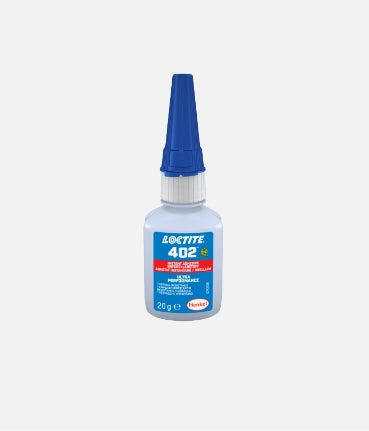
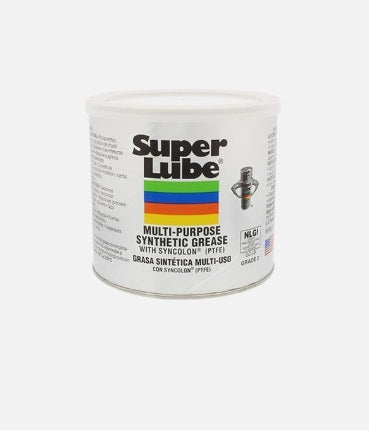
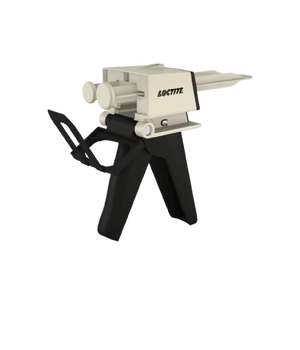
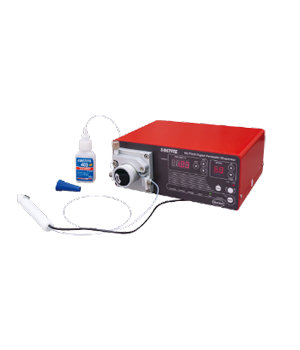
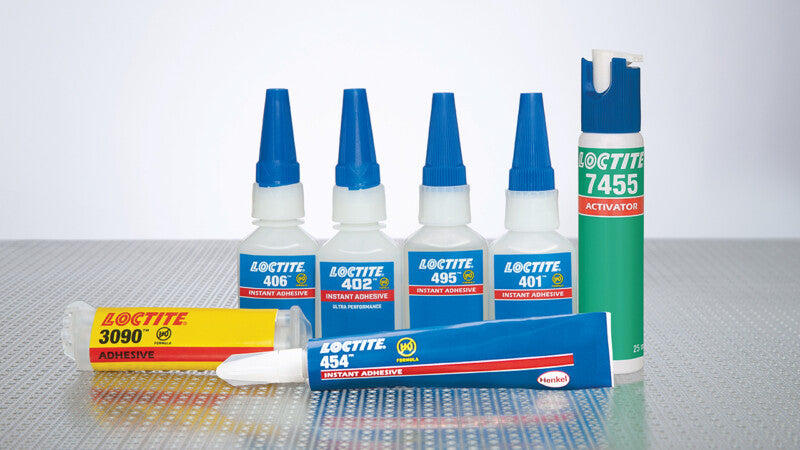



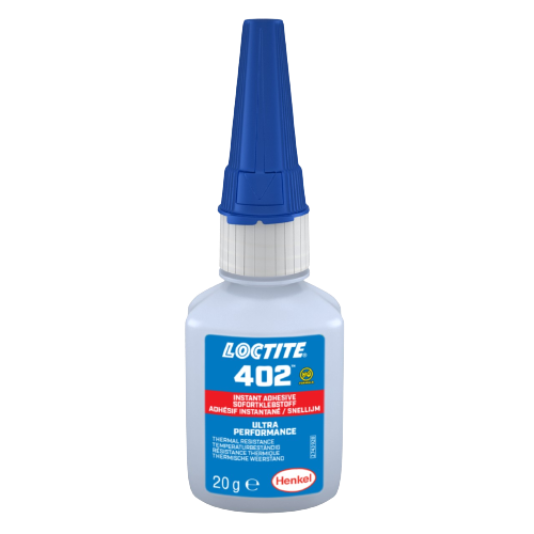
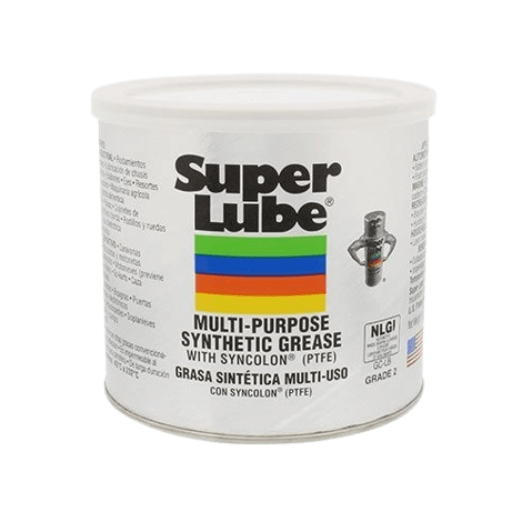
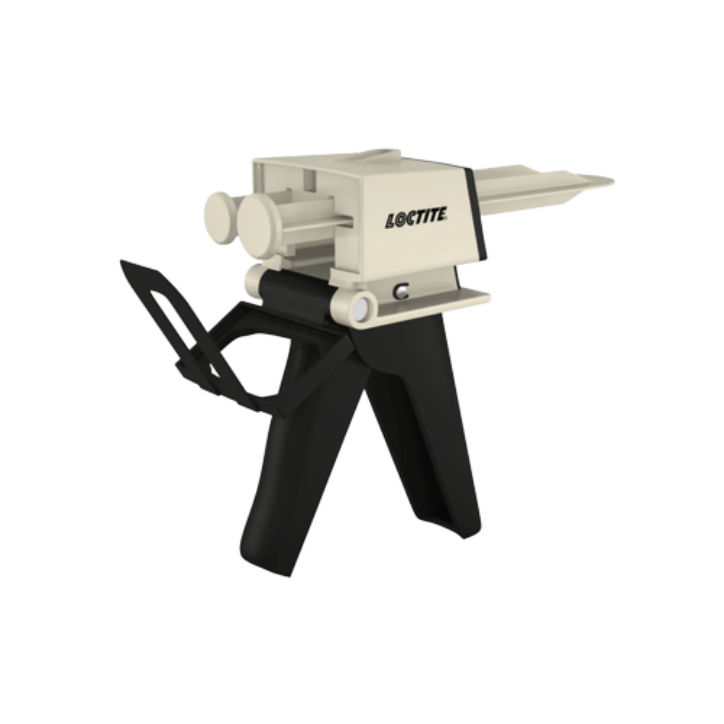
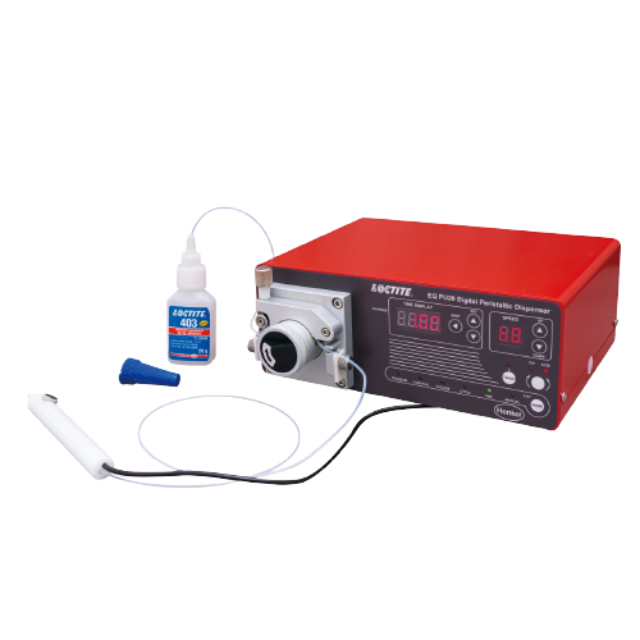
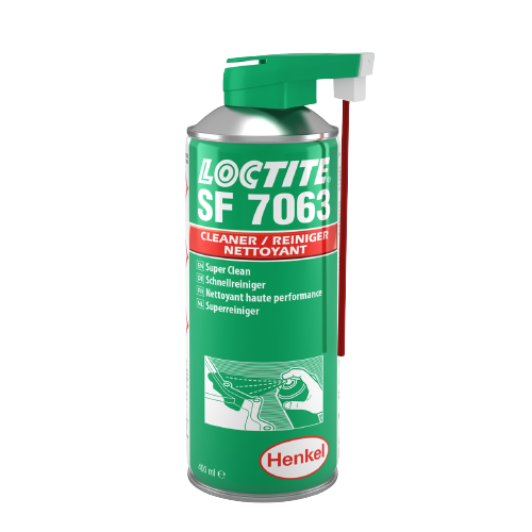
Leave a comment
All comments are moderated before being published.
This site is protected by reCAPTCHA and the Google Privacy Policy and Terms of Service apply.